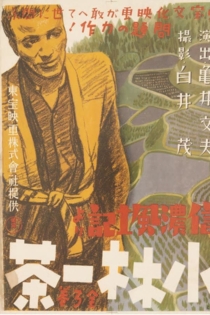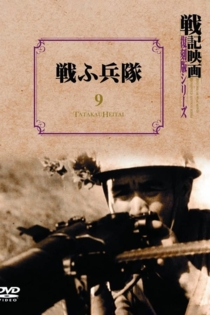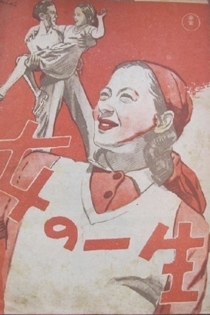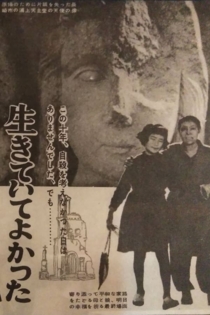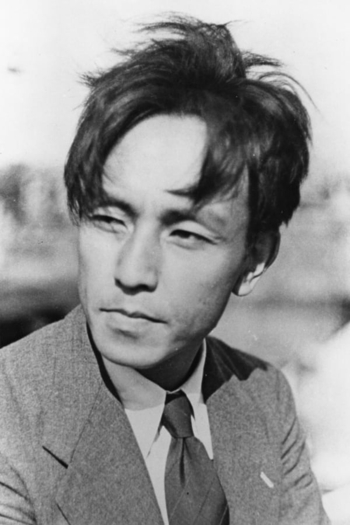
Fumio Kamei
1908 - 1987Onna hitori daichi wo yuku
Fumio Kamei
Isuzu Yamada, Jūkichi Uno
Onna Hitori Daichi wo Yuku (A Lonely Woman in a Lonely Land, Kinuta Production, 1953) was the second feature film directed by Kamei Fumio, who is known as a master of documentary films, and followed his “Haha Nareba Onna Nareba(Become a Mother, Become a Woman)” (1952).
A Lonely Woman in a Lonely Land
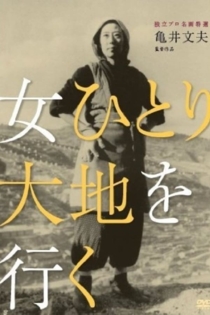
Shanghai
Fumio Kamei
Suisei Matsui
Documentary about the Japanese-occupied city that, as described by one contemporary source " boasts international settlements in which the nationals of a number of countries enjoy the privileges of extraterritoriality". Filmed on location in December 1937 Film contrasts the horrors of war with the complex political issues involving the metropolis.
Shanghai
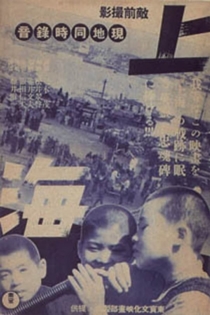
母なれば女なれば
Fumio Kamei
Isuzu Yamada, Shinichi Futakuchi
Харуэ Ясукава потеряла во время воздушного налёта своего мужа, исчез куда-то и её десятилетний сын Синкити. Теперь она работает, имея на своих руках двух маленьких детей. По сосседству, в одном доме с Харуэ, живёт с сестрой Кэндзи Такасэ — учитель средней школы. Они всегда охотно помогают семье Харуэ. Жена Кэндзи ушла от него, когда он был на фронте. Ему нравится Харуэ, и он предлагает ей выйти за него замуж, но Харуэ колеблется, беспокоясь о своих детях. Однажды она встречает старшего сына Синкити, который стал беспризорником. Синкити возвращается к матери, но её дружба с Кэндзи вызывает в нём ревность, и сердце его никак не может оттаять.
Haha nareba onna nareba
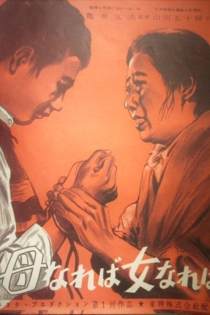
Nihon no higeki
Fumio Kamei
Using mostly footage from Nippon News newsreels, this film explains the history of Japanese aggression, from the Manchurian Incident to the Pacific War. The governing classes of Japanese capitalism planned and carried out the war project to acquire foreign markets. and while most people were forced into poverty, the capitalists became rich. The special political police detained Communists and those who opposed the war. With the rise of fascism, Japan’s tragedy begins.
Tragedy of Japan

Ryuketsu no kiroku: Sunagawa
Fumio Kamei
Terashima Nobuko
On October 12, 1956, 53 surveyors and 1,300 armed police rushed the gathered union and Zen Gaku Ren (the All Japan Federation of Self-Governing Students Associations) members who then formed a scrum to protect themselves. 278 people from both sides were injured. On the 13th, at the protest’s peak, 5,000 workers and Zen Gaku Ren members had been mobilized when the police attacked the demonstrators’ picket lines. 844 protesters and 80 police were injured. Public opinion erupted against the the violence of the armed police and the government’s lack of a policy, and on the 14th, the radio suddenly announced that the government would stop its survey. Sunagawa overflowed with joy and excitement, and a victory demo was held. On the 15th, a National People’s Rally was held to celebrate the victory of Sunagawa’s fight against the base, and protesters who had sustained grave injuries came from the hospital to address the meeting.
Record of Bloodshed: Sunagawa
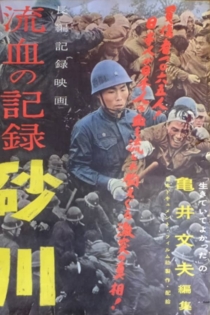
小林一茶
Fumio Kamei
The film uses the haiku of early 19th century poet Kobayashi Issa as its motif to portray the lives of farmers residing deep in the mountains of Nagano. Commissioned by the Nagano Prefectural Department of Tourism, the movie became instead, in the hands of Kamei, a depiction, sometimes ironic, of poverty and the harsh life of the inhabitants of the area. The short movie is often considered Japan’s first “poetic documentary”.
Kobayashi Issa
